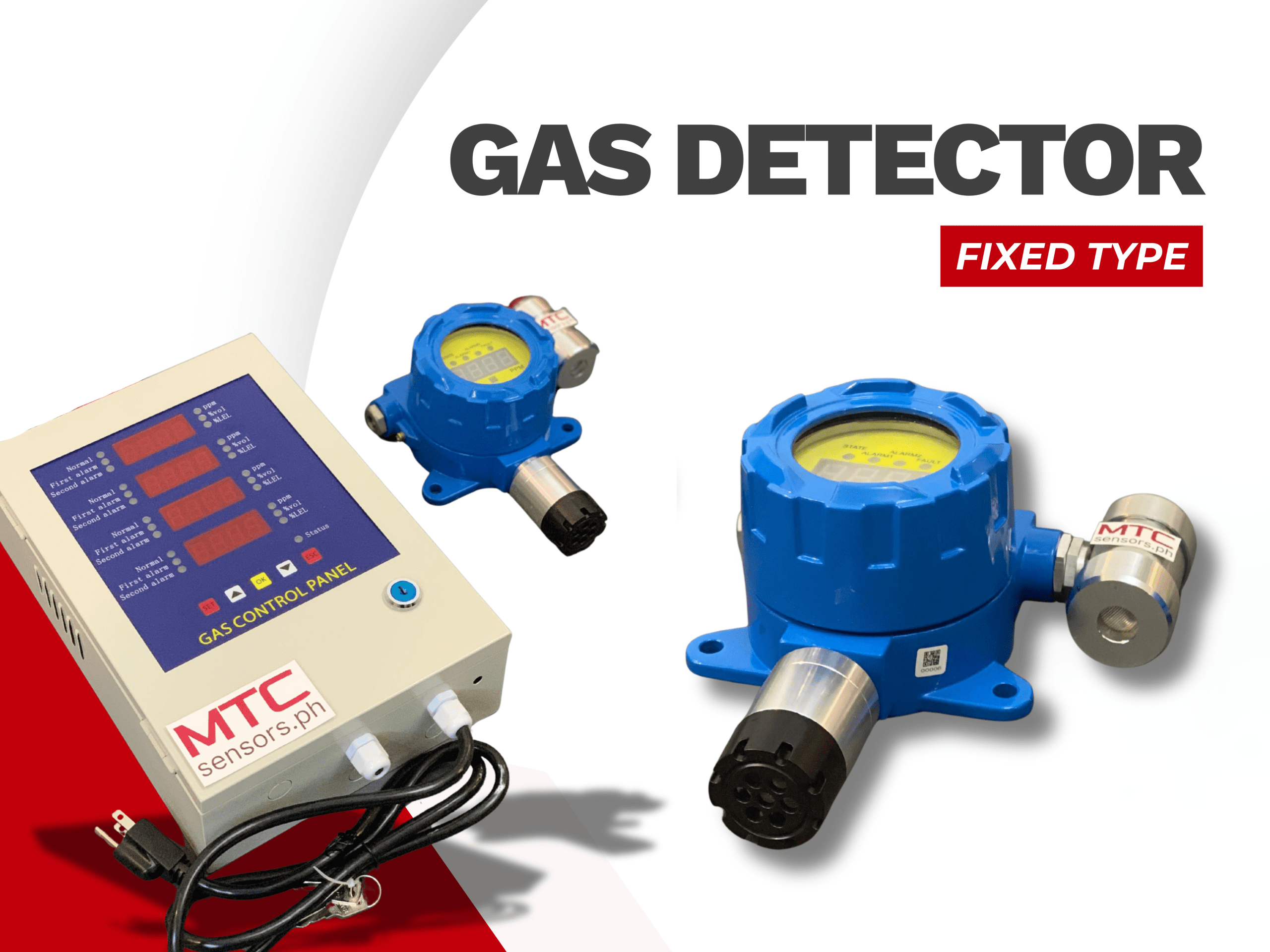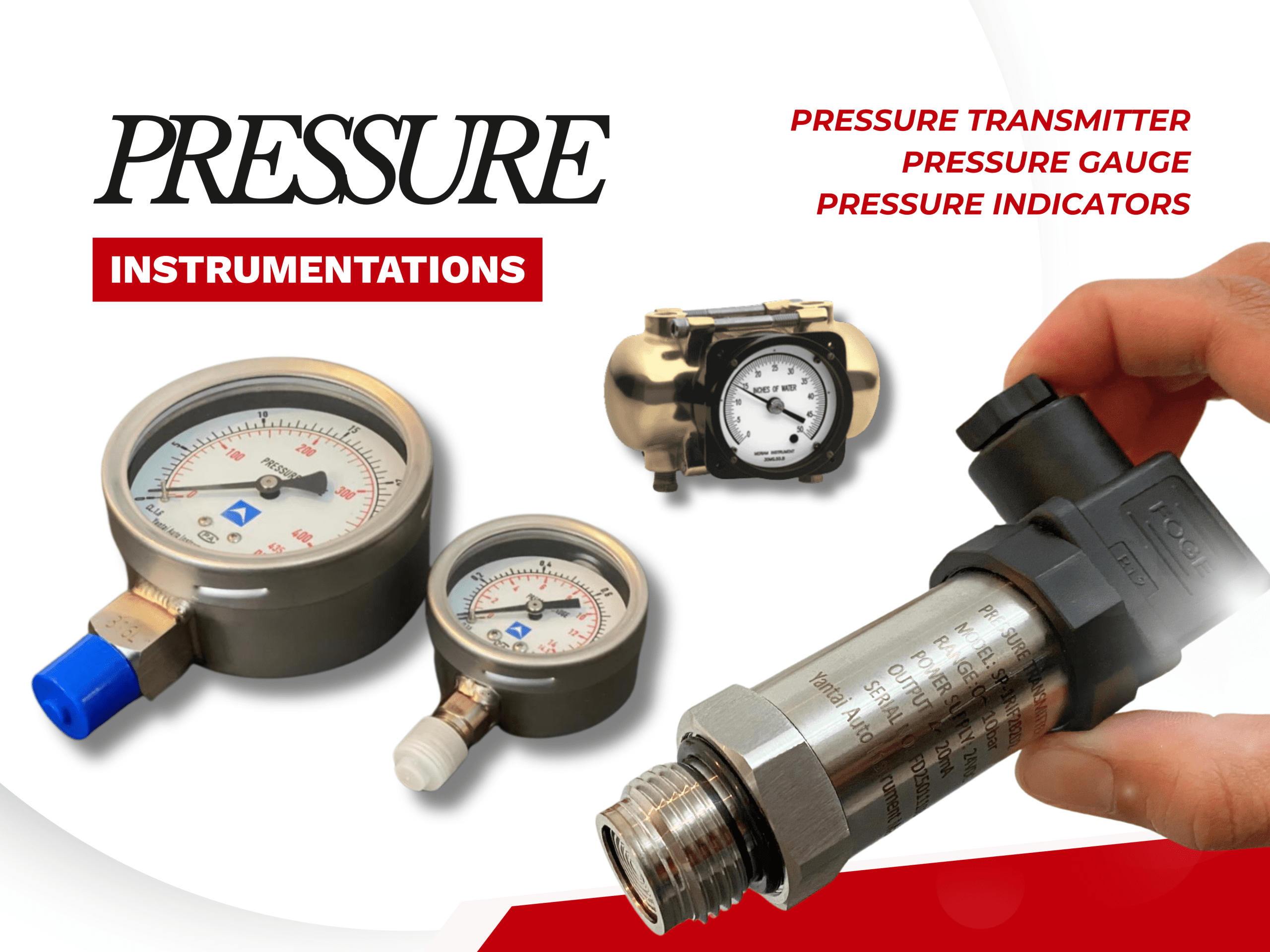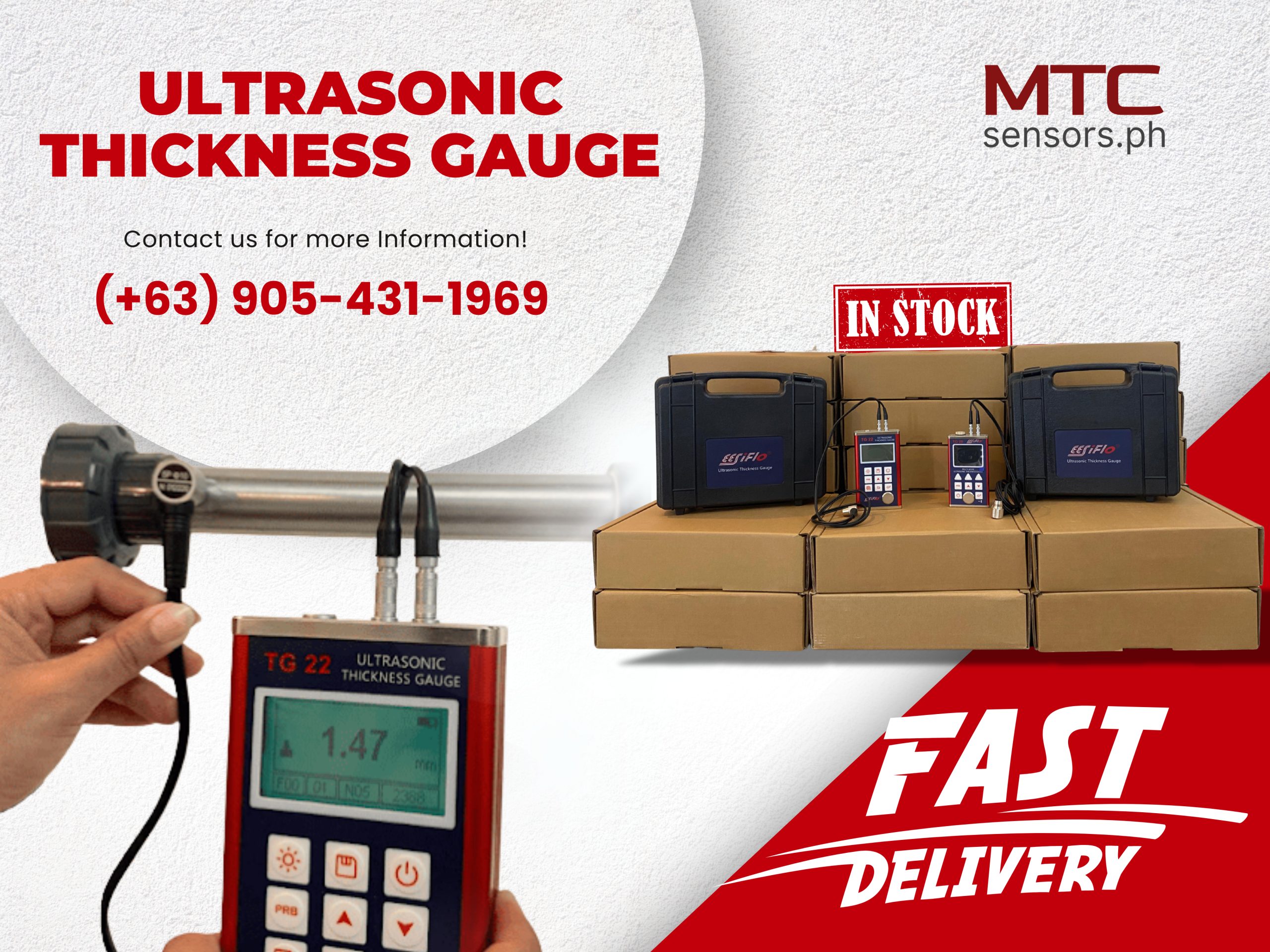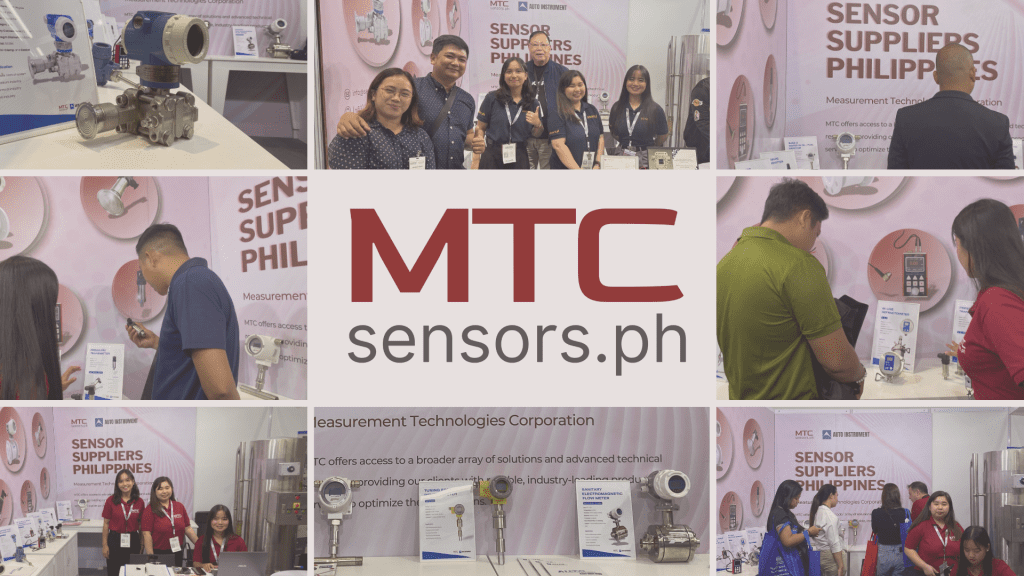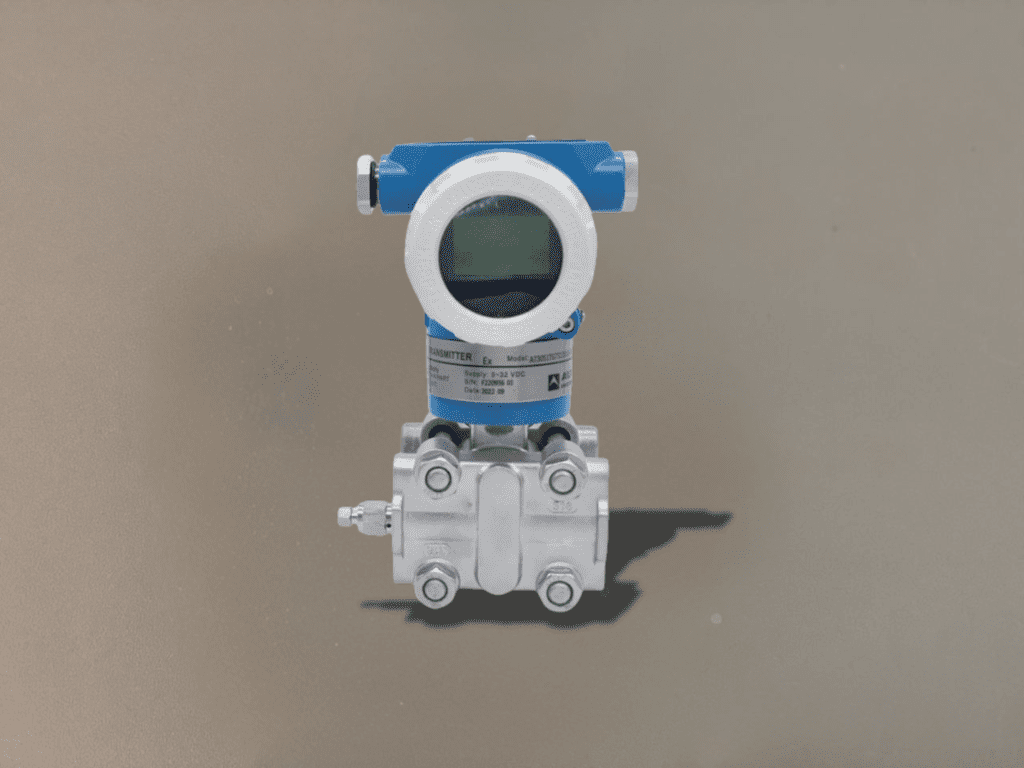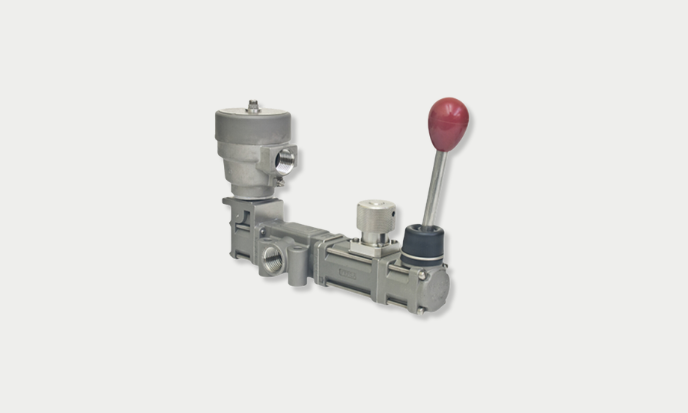A Differential Pressure Transmitter (or differential pressure sensor) measures the pressure difference between two points in a system. Unlike a standard pressure transmitter that senses pressure from a single port, a differential pressure transmitter features two pressure ports — a high-pressure (positive) side and a low-pressure (negative) side.
The transmitter detects the difference between these two inputs and converts it into a standard electrical output signal, typically 4–20 mA.
In normal operation, the positive pressure side should have a higher pressure than the negative side, allowing the device to accurately measure the differential pressure (ΔP) across a filter, orifice plate, or other process component.
- Process Fluid: Liquid, gas, or steam flow as well as liquid level, density and pressure
- Measuring range: 200Pa-10MPa
- Working Temperature: -25 to +95C
- Current Output: 4 – 20 mA 2 wires Hart Protocol
- Power Supply: 24VDC
- Ambient Temperature: -25 to +120C
- Process connections: 1/4 – 18 NPT or 1/2 – 14 NPT
- Electrical Connections: 1/2”NPT or M20*1.5
- Enclosure:IP65
- Intrinsically Safe: ia II C T6
- Explosion proof: d II B T5
- Diaphragm material: SUS316L, Hastelloy C
- Process control system
- Petroleum industry
- Chemical industry
Process Fluid: Liquid, Gas, Vapor
Diaphragm material: SUS316L, Hastelloy C
Current Output: 4 – 20 mA 2 wires Hart Protocol
Power Supply: 24VDC
Process connections: 1/4 – 18 NPT or 1/2 – 14 NPT
How a Differential Pressure Transmitter Works
Unlike a standard pressure transmitter, which measures pressure from a single port, a differential pressure transmitter has two pressure ports — a high-pressure (HP) side and a low-pressure (LP) side. The device senses the difference between these two pressures and converts it into a standard electrical output signal, typically 4–20 mA, 0–10 V, or a digital output such as HART or Modbus.
Under normal conditions, the positive (high-pressure) side has a higher pressure than the negative (low-pressure) side, and the resulting pressure differential is used to monitor or control process performance.
Many models also include advanced features such as:
- Square root extraction, useful for flow measurement (since flow rate is proportional to the square root of ΔP)
- Digital communication protocols for integration with control systems.
- Local display options for on-site reading and calibration
Why Differential Pressure Measurement Matters
Monitoring differential pressure helps operators:
- Detect changes in process efficiency
- Identify equipment wear or blockages early
- Maintain product quality and process safety
- Optimize energy use and system performance
Because many industrial processes depend on stable pressure conditions, differential pressure transmitters provide an essential layer of protection and process insight.

